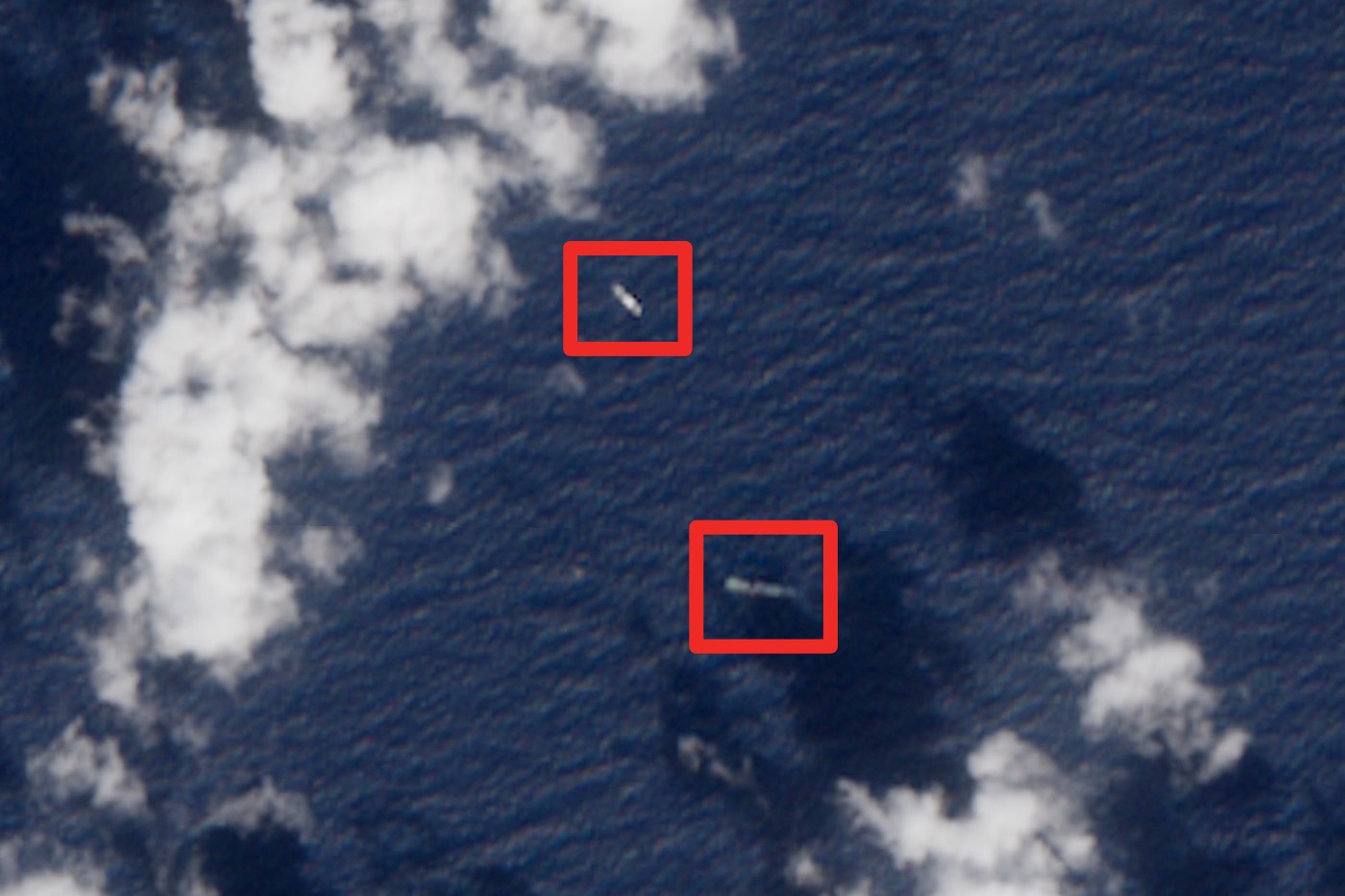NATO has deployed a flotilla off the coast of Estonia to guard critical undersea communication cables amid fears of potential sabotage by foreign actors, a Baltic Sea map shows.
The mission, dubbed Baltic Sentry, is in response to "destabilizing acts" observed in the area recently, U.S. Army General Christopher G. Cavoli, Supreme Allied Commander Europe, said.
Newsweek has contacted Russia's Foreign Ministry for comment by email.
Why It Matters
The move will further strain tensions between Russia and NATO amid the ongoing war in Ukraine.
The West had already raised the alarm over increased Russian military activity near key undersea communication cables, which are vital to global communication systems. Moscow has denied sabotage allegations.
Vessels from China or Russia were previously spotted roaming near cables in the Baltic Sea, off Norway and around Taiwan, before damage was inflicted, Newsweek previously reported.
What To Know
A Dutch frigate, a naval research ship, and a German minesweeper arrived in Tallinn to take part in the mission, which was announced on January 14, U.K. newspaper The Guardian reported on Sunday. The newspaper cited Commander Erik Kockx, the Belgian head of a mine countermeasures task force that is joining the multi-domain effort, as saying that the flotilla will only grow in the future.
NATO's Supreme Headquarters Allied Powers Europe (SHAPE) said on January 14 that the mission will continue "for an undisclosed amount of time."
Baltic Sentry was launched "in response to damage to undersea cables connecting Estonia and Finland on Dec. 25, and follows a declaration of solidarity by Allies with the two countries on Dec. 30, and the Baltic Sea NATO Allies Summit in Helsinki, Finland [on January 14]."
SHAPE was referring to the damage caused to the Estlink 2 power cable between Finland and Estonia on Christmas Day. Russia was suspected of sabotage in that incident.
On Sunday, The Washington Post cited Western intelligence officials as saying that they hadn't so far found evidence that Russia had damaged undersea cables. Any damage caused was likely done so accidentally, the investigation found. A Finnish expert said these findings were unfounded.
What People Are Saying
U.S. Army General Christopher G. Cavoli, Supreme Allied Commander Europe, said in a statement on January 14: "Baltic Sentry will deliver focused deterrence throughout the Baltic Sea and counter destabilizing acts like those observed last month.
"It is indicative of the Alliance's ability to rapidly respond to such destabilization, and shows the strength of our unity in the face of any challenge."
Commander Erik Kockx, the Belgian head of a mine countermeasures task force that is part of Baltic Sentry, is quoted by The Guardian as saying: "The group will grow in the near future, with other ships joining us, so in the end, we will be about six, seven ships.
"We will in the first case function as the security cameras of the Baltic Sea, which means that nobody can undertake any actions against critical underwater infrastructure without us having seen them and being able to react in a proper way."
What Happens Next
SHAPE said NATO forces—including allied warships, submarines and aircraft—will maintain persistent presence in the Baltic Sea, conducting regular patrols and joint exercises to "enhance readiness."




















 English (US) ·
English (US) ·